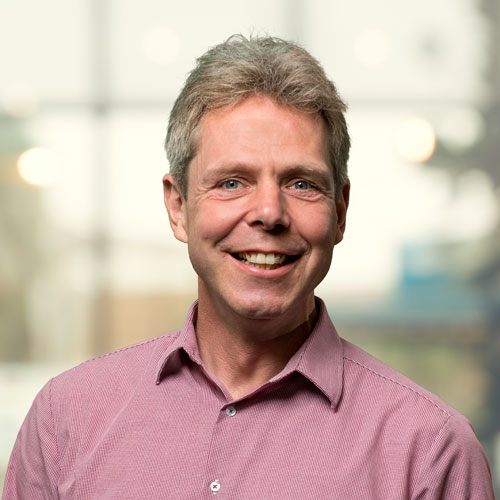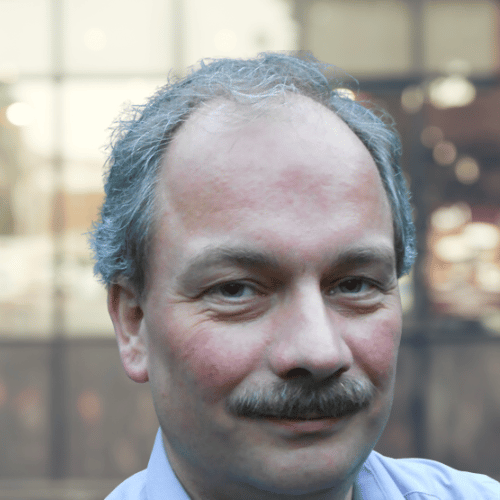SIOM: systems integration for greenhouse horticulture
The Netherlands is the global market leader in greenhouse horticulture. The glass greenhouse with its technical installations has become a major export product. How can we adapt this technology so that it also works under different conditions? TNO has developed the SIOM (Systems Integration and Optimisation Model) simulation programme for this purpose. This gives Dutch greenhouse construction a strong lead in the world market.
What is SIOM?
You can compare a greenhouse to a bespoke suit specially made for a specific occasion. SIOM is a simulation programme used by greenhouse construction companies. With this programme, they can simulate a complete growing year at any chosen location. The constructor, together with the horticulturalist or investor, can then determine the optimum technology for the greenhouse. Thanks to SIOM, you can be sure that the greenhouse will be a perfect fit when it’s delivered – like a tailor-made suit!
What makes SIOM unique?
The SIOM tool has an extensive database with specific components and systems for the greenhouse horticulture sector, such as the construction of the greenhouse, heating, ventilation, cooling, and irrigation. In SIOM, you can compare various greenhouse designs. Based on the location, SIOM provides information on local resources, such as hours of sunlight, precipitation, groundwater, and energy.
Janssen: ‘A greenhouse is a combination of many technologies that you can put together in any way you like. You have to choose a different combination to fit each individual place in the world. SIOM provides insight and valuable information on payback periods, operating results, and efficiency. These factors are very relevant for investors, in order for them to achieve the highest possible yields at the lowest possible costs.’
Helping to tackle the food supply issue
The provision of food is a global issue that presents major challenges, now and certainly in the future. Clear trends are urbanisation and local-for-local, in which people are increasingly producing and consuming food close to the source (in this case the city). ‘The ability to construct appropriate greenhouses at any conceivable location will certainly make a contribution to this trend. You can also use SIOM to calculate whether it’s more efficient and/or more sustainable to grow locally or to opt for transporting food,’ adds Janssen.
Next steps
Over the next few years, we’ll continue to develop and fine-tune SIOM in collaboration with the Hortivation foundation. Janssen: ‘The licencees themselves will take care of enriching and fine-tuning the data. There are currently only a few types of glass in the database, but later it will contain all conceivable kinds of glass, which constructors will be able to compare.
And in the future, greenhouse construction companies will be able to use SIOM to analyse the performance of the completed greenhouses and develop new generations of products, so that future greenhouses can benefit from experience in a specific area. As the licencees are continuously adding data to SIOM, this enables suppliers to work together on building a strong Dutch proposition.’

